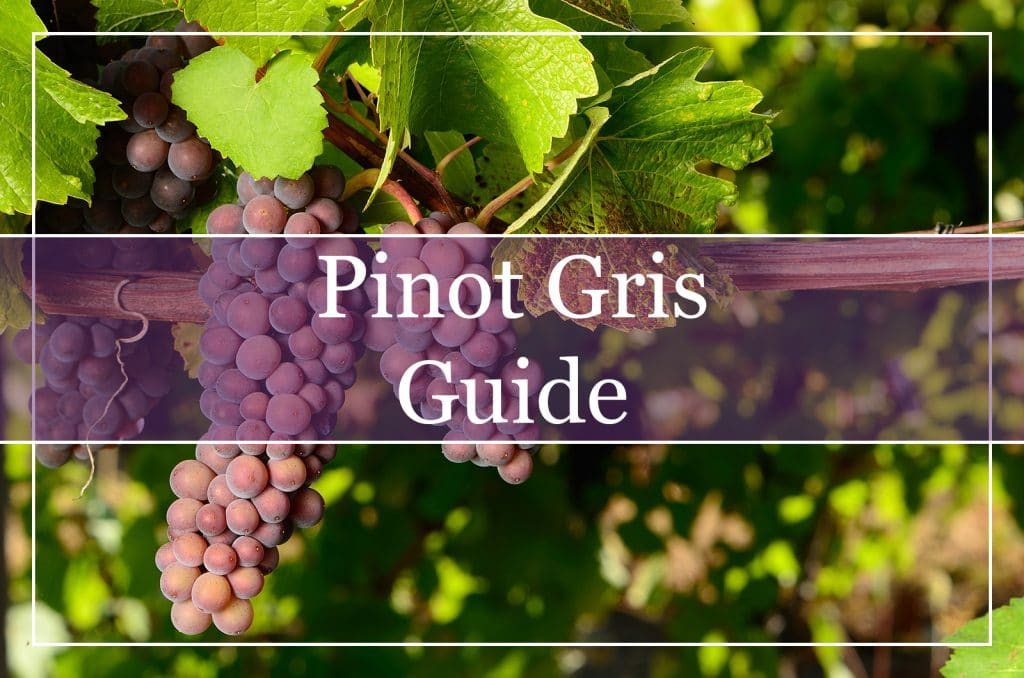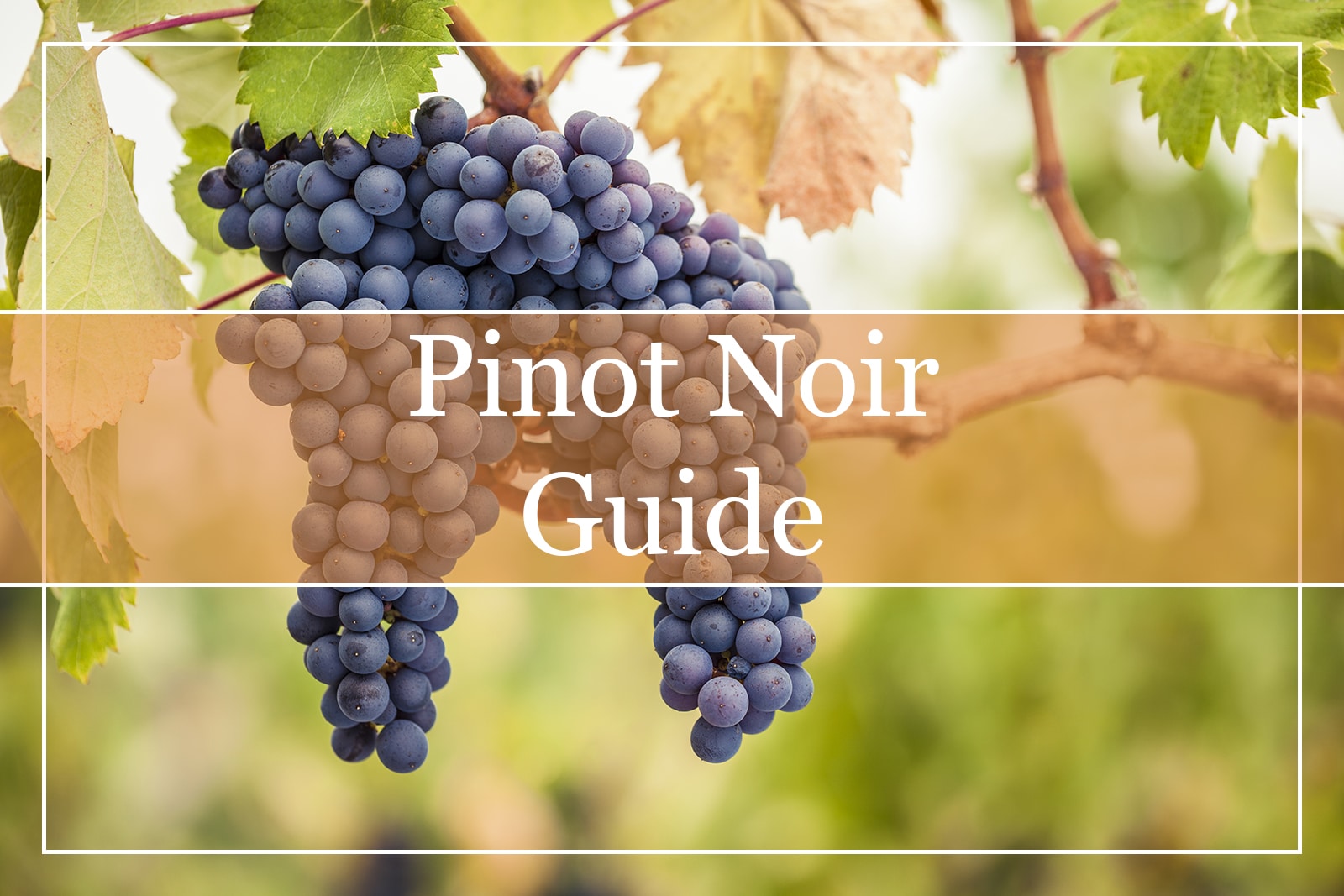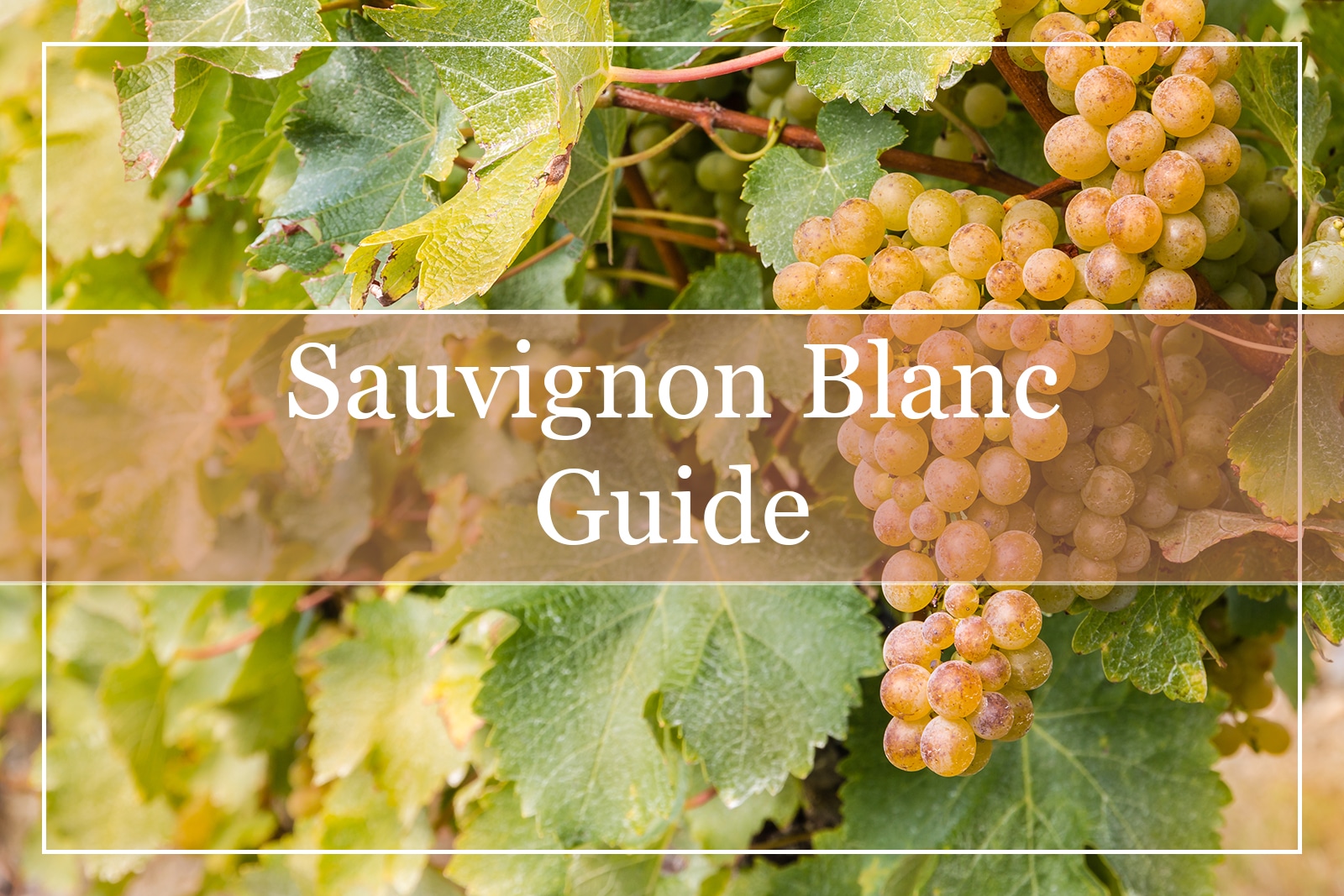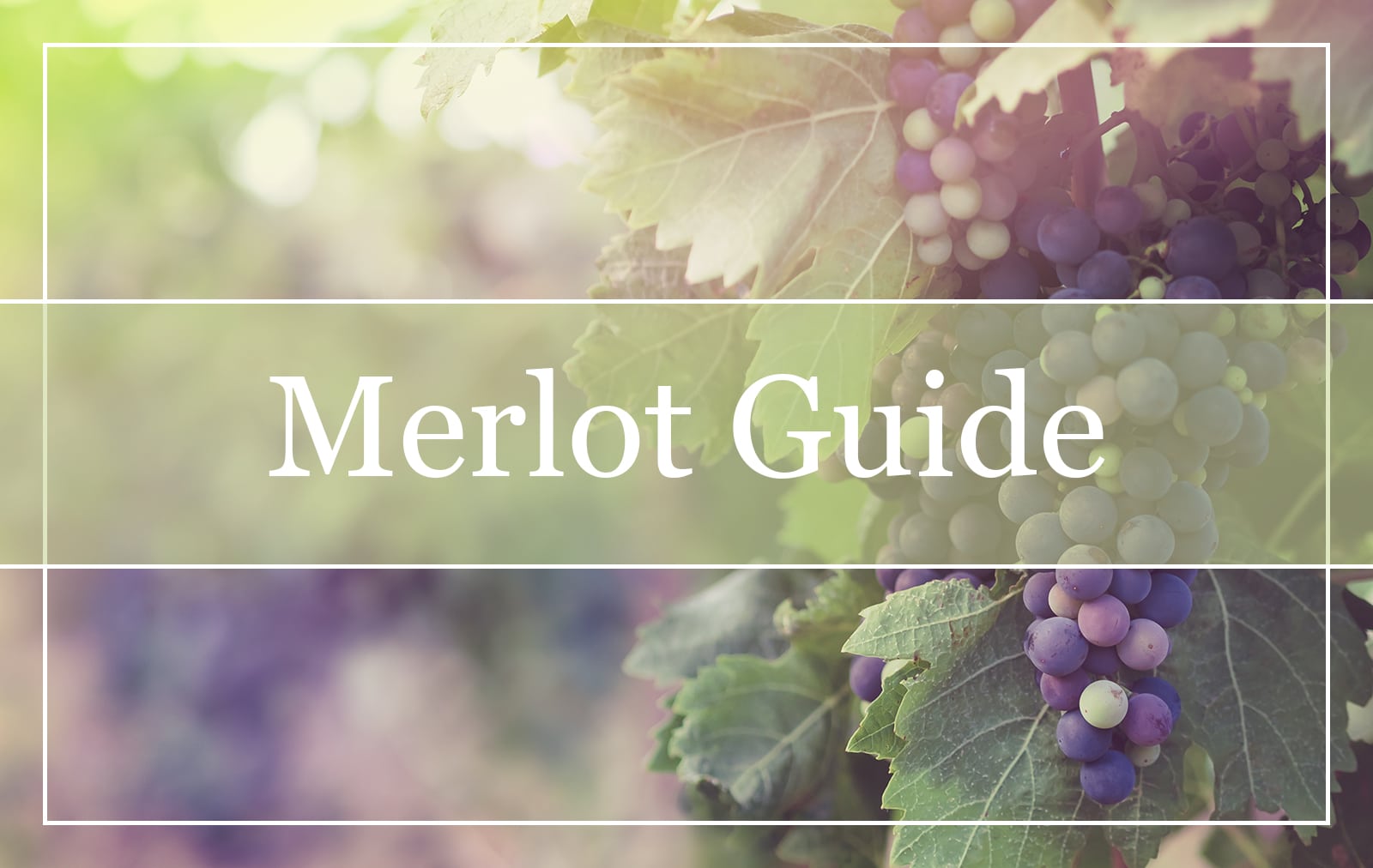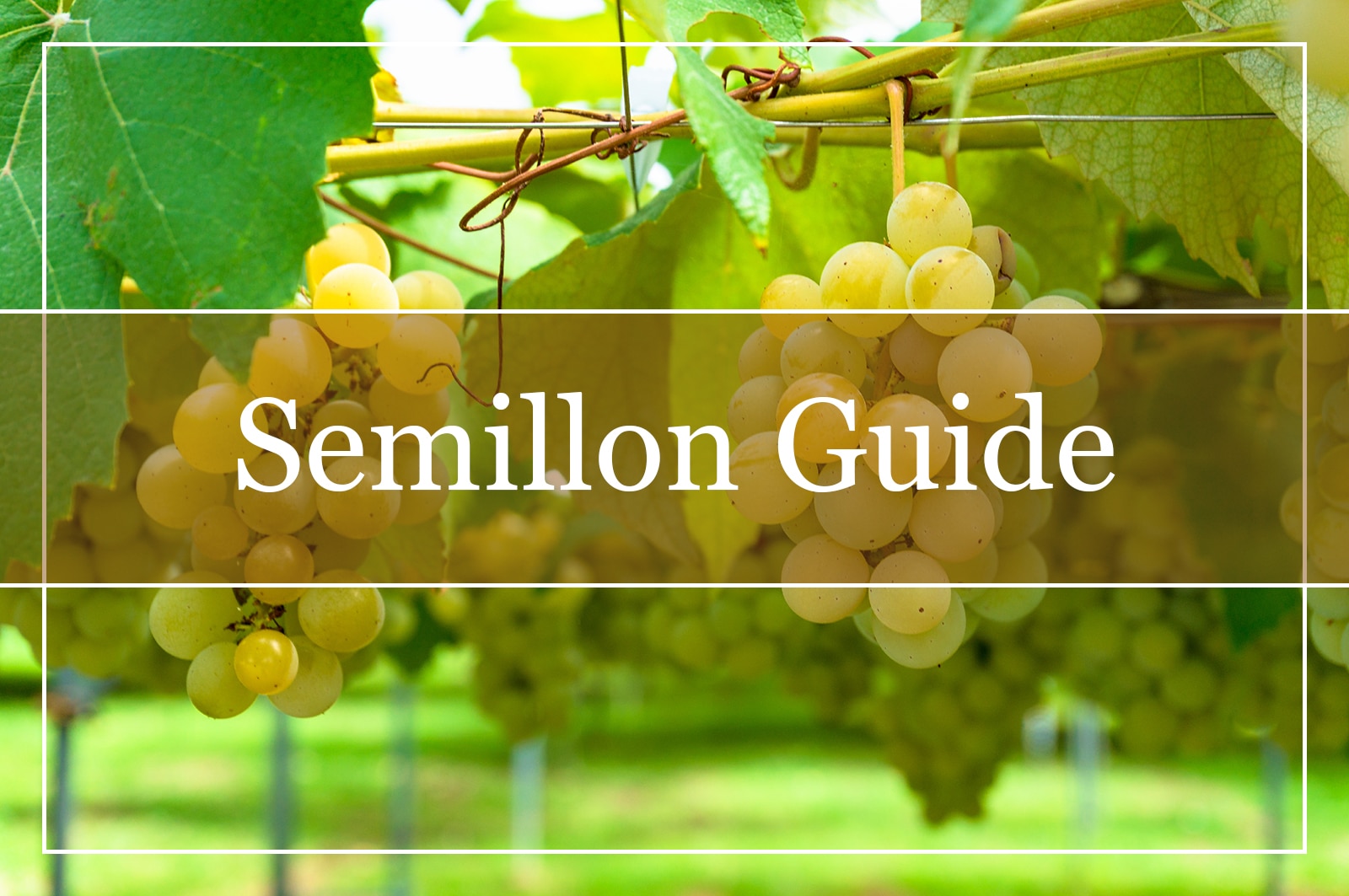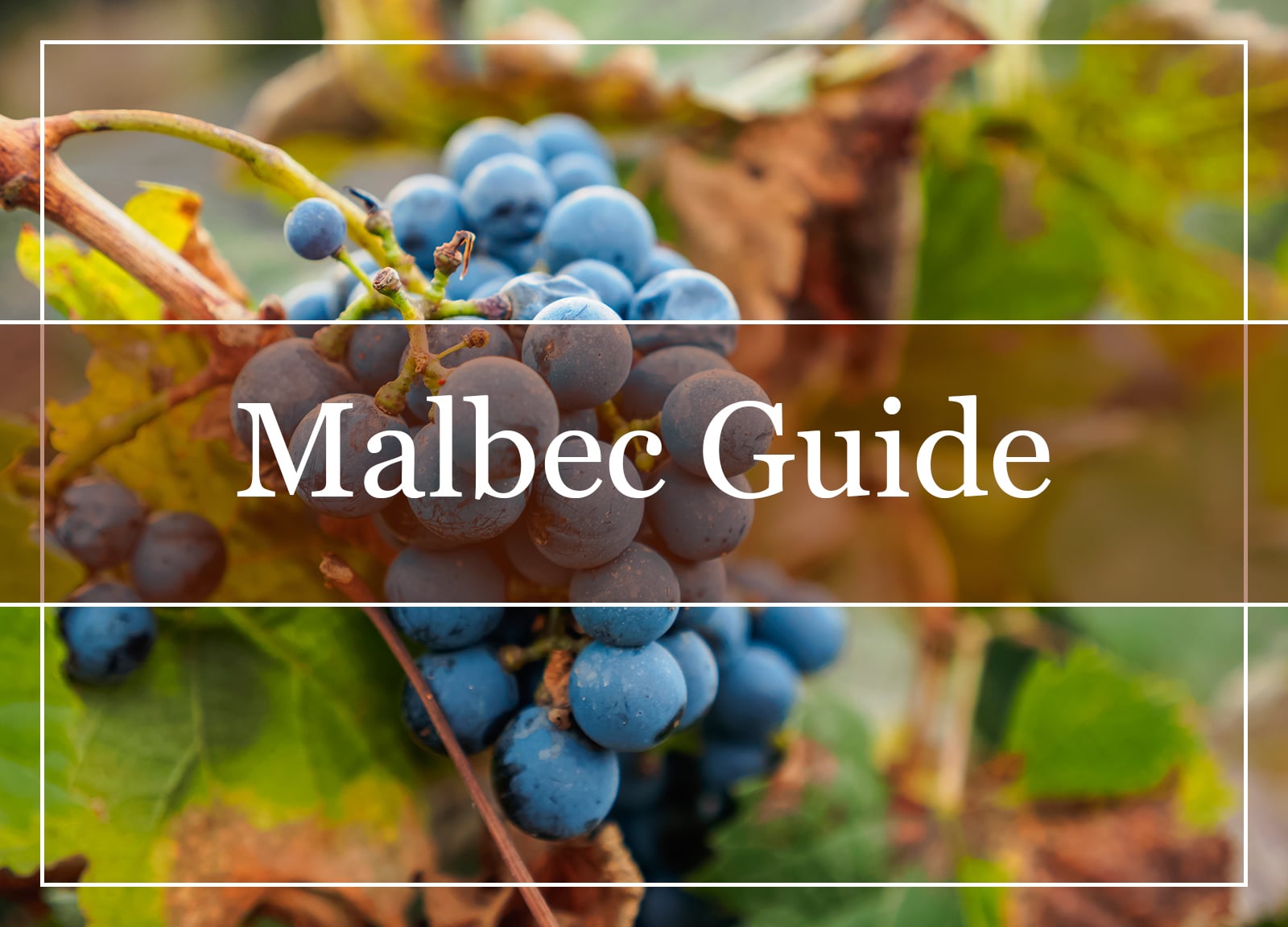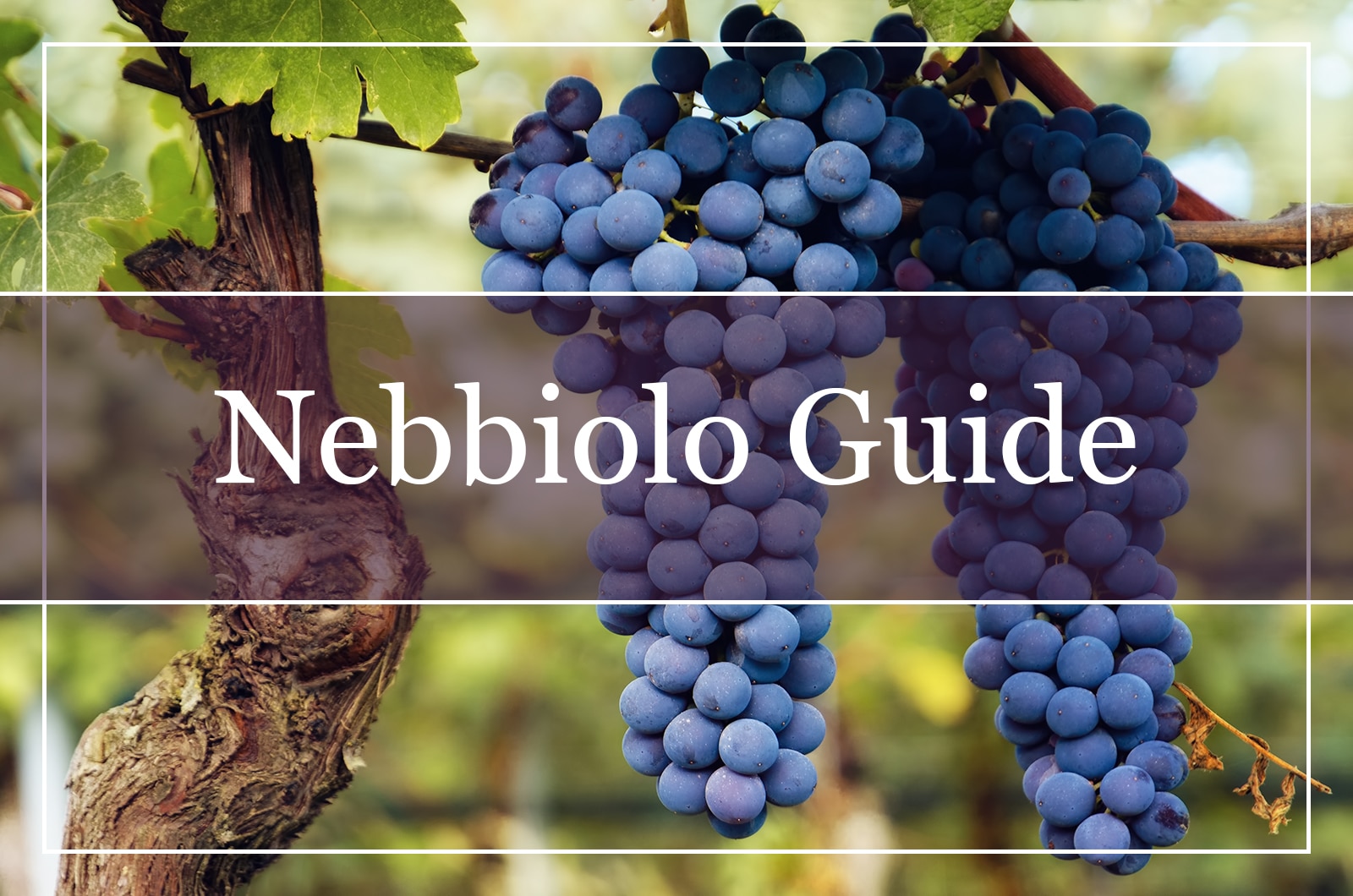What Is Pinot Gris?
Most of us can describe the type of wine we like the best in simple terms. Others have worked hard to become sommeliers with a deep understanding of wines and the complicated terminology involved in this specialized art. If, like me, you fall somewhere in between the two, then buckle up because Pinot Gris is going to give you a ride you will not forget.
Pinot Gris or Pinot Grigio?
First of all, what is Pinot Gris? Don’t worry if you think it’s one you missed. If you have enjoyed a glass of chilled Pinot Grigio, then you will know what I am talking about. Same grape, same wine, different country. Many wine reviews use the names interchangeably, so all you need to remember is that Pinot Grigio is the Italian version and Pinot Gris is the French one.
Exactly the Same – Only Different!
The Pinot Gris characteristics are the same as the Pinot Grigio ones. They are full of fruity flavors that include berries, ripe fruit, and citrus, as well as aromas of herbs, spices, flowers, minerals, and earth.
The Pinot Gris grape is a mutation of the Pinot Noir grape (That’s the red one!) and is usually a refreshingly zesty white wine with a citrusy flavor that is perfect for a hot summer’s day. However, the grapes can also be picked very late in the season when the sun has ripened and then they become a rich late-harvest dessert wine.
What Color Is Pinot Gris?
With “Gris” meaning grey in French, this grayish-purple grape is used to produce white wine. It is a grape from the Vitis vinifera variety and a distant cousin of the Pinot Noir grape. Just to add a bit of mystery to the whole affair, this grape can also make an appearance in a brownish, pink color, or even white. The Pinot Noir grapes cannot be distinguished from the Pinot Gris variety until “veraison” which means the “onset of the ripening of the grapes. It is then that the Pinot Gris color shows an assortment of hues ranging from pinky-orange to a muted, soft purple. Giving it an absolutely beautiful appearance.
What Does Pinot Gris Mean?
With its origins closely linked to Pinot Noir, it is noticeable that bunches of Pinot Gris grapes from the same cone-shaped clusters as those of Pinot Noir. Pinot means “pine cone” in French. The “Gris” part of the name distinguishes the white wine from the red Pinot wine. Gris refers to the dusty grey grapes that are used to make this white wine.
How to Pronounce Pinot Gris?
Pinot Gris’s pronunciation is a matter of concern for those of us who are not native French speakers. It is very important to pronounce the name of this wine correctly in wine-tasting circles. You can find many helpful audio and video examples of how to pronounce Pinot Gris online. Basically, there are three syllables in the word and the emphasis falls on the first and last syllables. Here is what it looks like phonetically:
pee·now gree
Where Does Pinot Gris Come From?
Pinot Gris originated in Burgundy, but its popularity has now spread to wine regions all over the world. I suspect that the Italian name “Pinot Grigio” has become much more part of common parlance but the Pinot Gris grapes took a little journey before reaching Italy. From Burgundy, they had a moment of fame in Switzerland in the 14th century before settling in Italy. However, Pinot Gris grows particularly well in Germany, Austria, South Africa, and parts of the USA, and the wine that is produced has grown steadily in popularity. It is both delicious and affordable.

What Kind Of Wine Is Pinot Gris?
Pinot Gris is produced to be a well-round, barrel-aged white wine that is versatile and perfect for almost every occasion. It can be sipped by the pool, at a picnic, casual BBQ, or serve at more formal warm-weather occasions. It is unpretentious, and when served very chilled, it always receives a warm welcome from guests.
Where the Vineyards are Located is Always The Most Important Factor
As usual, the terroir plays the most important part in forming this wine’s character. This white wine is fresh, playful, and yet has a sophistication that is unexpected yet extremely pleasing.
Is Pinot Gris Dry Or Sweet?
It is difficult to pin Pinot Gris down to a black-and-white profile. So much about the flavors depending on the winemaker’s skill and the position of the vineyards. Pinot Gris can be liberally flavorsome, complex, and dry or it can have a sweeter side. It tends towards the higher side of the acidity scale.
What Does Pinot Gris Taste Like?
Pinot Gris tasting notes always highlight the freshness of the flavors. If you like a fruity wine, then Pinot Gris is the one for you. The Pinot Gris aroma packs in hints of almond, honeysuckle, honey, saline, clove, ginger, and spice. It’s a list that would make a great name for a Spice Girl’s tribute band! (Okay, maybe not so much saline spice!)
Complex Pinot Gris Is Often Used To Test Sommeliers
All the most refreshing fruit is abundant on the palate. You will experience the sharpness of lime, green apple, lemon, with each mouthful. The Pinot Gris taste will also have the sweetness of pear, nectarine, and peach, and some tropical fruit flavors. To add to the complexity, you may detect the faint notes of honey that come thanks to botrytis (noble rot) and make the wine even more unctuous. The wine usually has a sparkling acidity, a full texture, and slightly higher than normal alcohol levels. A sip of Pinot Gris is like a refreshing summer rain shower on a hot day. It is always welcome and invigorating.
How to Serve Pinot Gris?
Pinot Gris is best served when it is still young and vibrant – that is about two years old for the best
flavored Pinot Gris. The crisp, tangy flavors are perfect for summertime activities and events, and this wine will be appreciated by any white wine lover. This wine can speak for itself so be creative and serve it in just the way you choose – as long as it is served cold!
Pinot Gris should always be served properly chilled. The perfect temperature to serve Pinot Gris is 45 F (7 C) i.e. ice cold! The flavors will be enhanced and the Pinot Gris will be the refreshing drink that it was designed to be. Try to keep a ready supply of this white wine chilling in the fridge, and it will come in handy for almost any occasion. Decant it if you are feeling fancy, then pour into elegant white wine glasses and serve.
It’s A “Drink Now” White Wine
Pinot Gris is not really designed for long storage. It will be fine for no more than two years if stored correctly in a cool, dark cellar.
How Long Should Pinot Gris Breathe?
Pinot Gris is not a lightweight white wine. It is full-bodied with quite a high acidity, so it will benefit from receiving a little aeration. A pretty decanter will show off the beautiful appearance of the Pinot Gris, but it is not absolutely necessary. A little air will help to revitalize some of the tertiary flavors and aromas, so try to give the Pinot Gris about thirty minutes to breathe before serving.
What Food To Pair With Pinot Gris?
Pinot Gris food pairing is simple because this wine has such an extensive food-friendly profile. It is ideal for fresh, summery foods like salads, vegetables, and light snacks. It will pair well with cucumber, squash, celery, onion, parsnip, kale, green apple, green melon, white beans, or cauliflower and broccoli served raw or cooked.
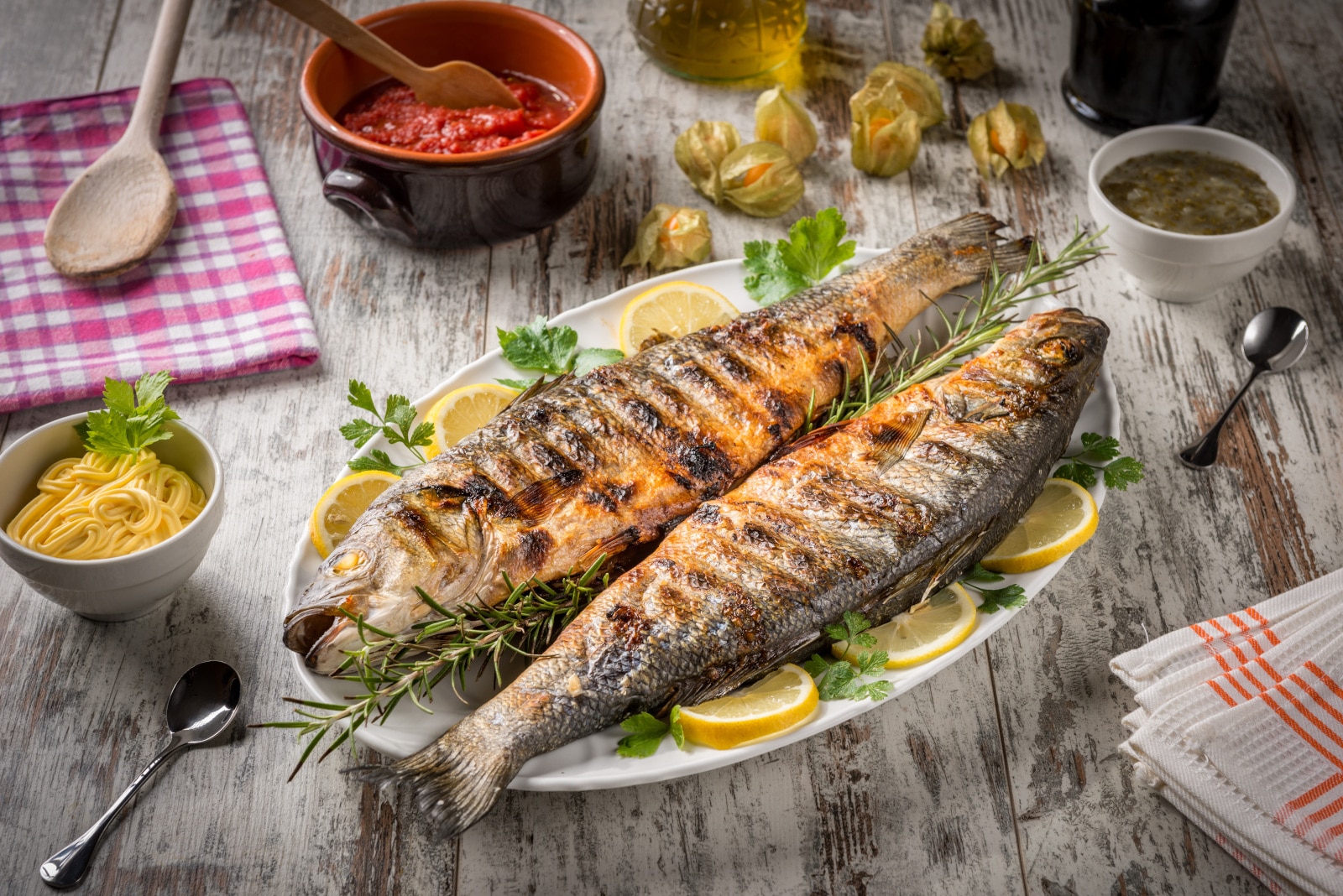
Serve With a Seafood Extravaganza
Shellfish, raw and cooked fish (Sea Bass, Perch, Sole, Haddock, Trout, Cod, Redfish, Halibut, Snapper) are known to be classics for pairing with Pinot Gris. Why not try it with ceviche, sushi, moules-frites, or flaky tilapia with a creamy sauce.
Pinot Gris is also full-bodied enough to be served with meats such as chicken, turkey, and duck. And it is divine with cured or spiced meats such as those served as tapas or Italian antipasti.
Feel free to use herbs abundantly with foods that are going to be paired with Pinot Gris. Parsley, Mint, Tarragon, Thyme, Fennel, Chives. However, do take care with strongly flavored spices and make sure that they won’t overpower the wine. I personally recommend using Pepper, Coriander, Fennel, Turmeric, Saffron, Ginger, Cinnamon, and Clove. But be sure to add only a light touch.
A Little Word of Warning!
The high levels of acidity in Pinot Gris mean that it is not ideal to serve along with acidic dishes like tomato or citrus-based foods. That being said – it’s a personal choice!
Pinot Gris Cheese Pairing
This white wine is wonderful with creamy and firm cheeses made from cow’s or sheep’s milk. Try it with Gruyere, Muenster, or Grana Padano. The cheese could be served as a cheese board or form part of dishes such a pasta, pizza, or cheese fondue. If served together with goat’s cheese, Gruyere, Brie, and parmesan cheeses, these also make the perfect pair for Pinot Gris wine.
How Much Alcohol Does Pinot Gris Have?
The Pinot Gris alcohol content is in the range of 9 to 12% ABV. This is fairly typical of un-oaked dry white wines. Check the label on the bottle to be more precise and remember to enjoy the wine responsibly.
How Many Calories Are There In Pinot Gris?
Always bear in mind that alcohol has calories! Even dry white wine may have residual sugar, which can be up to 20%. The carbs in Pinot Gris are in the range of 107 to 143 per glass.
Conclusion
Pinot Gris is a distinctive white wine from one of the most varied wine species. With its flavors of ripe, sweet pears with hints of wildflowers, and a luscious texture, Pinot Gris is a shining example of what white wines should deliver on the palate. Although tricky to identify precisely due to its flighty nature, you can depend on its ability to deliver on aroma, flavor, and balanced fruitiness. You may be thrown by a little spiciness, discern a touch of sweetness, or ponder about the pinkish color in the glass, but the foundations of the Pinot Gris wine are strong and reliable.

